@article{Swe2008,
title = {Improved quantum confinement of self-assembled high-density InAs quantum dot molecules in AlGaAsGaAs quantum well structures by molecular beam epitaxy},
author = {N C Swe and O Tangmattajittakul and S Suraprapapich and P Changmoang and S Thainoi and C Wissawinthanon and S Kanjanachuchai and S Ratanathammaphan and S Panyakeow},
url = {https://www.scopus.com/inward/record.uri?eid=2-s2.0-44649158210&doi=10.1116%2f1.2835064&partnerID=40&md5=b01ab372f6260712583b3c271e795c30},
doi = {10.1116/1.2835064},
issn = {10711023},
year = {2008},
date = {2008-01-01},
journal = {Journal of Vacuum Science and Technology B: Microelectronics and Nanometer Structures},
volume = {26},
number = {3},
pages = {1100-1104},
abstract = {Self-assembled, multistack InAs quantum dot molecules (QDMs) were grown by a modified molecular beam epitaxial (MBE) technique, which involves multiple stacking and multiple cycling of the thin-capping-and-regrowth process, so as to obtain a large volume density of quantum dots on the sample. Furthermore, the high-density InAs QDMs were also grown sandwiched either between a double heterostructure (DHS) or between a quantum-well (QW) structure. It was found from microphotoluminescence (μ -PL) measurements that the QDMs sandwiched between these structures give broader PL spectra than those of the as-grown QDMs. The broadening of the PL spectra is associated with the poorer dot size uniformity, which arises from the long and complicated MBE growth processes. However, comparing between the QDMs in the DHS and in the QW structure, the latter give narrower PL spectra. The narrower PL spectra for the QDM-in-QW structure is attributed to the improved quantum confinement effect arising from the use of the QW. © 2008 American Vacuum Society.},
note = {cited By 3},
keywords = {},
pubstate = {published},
tppubtype = {article}
}


